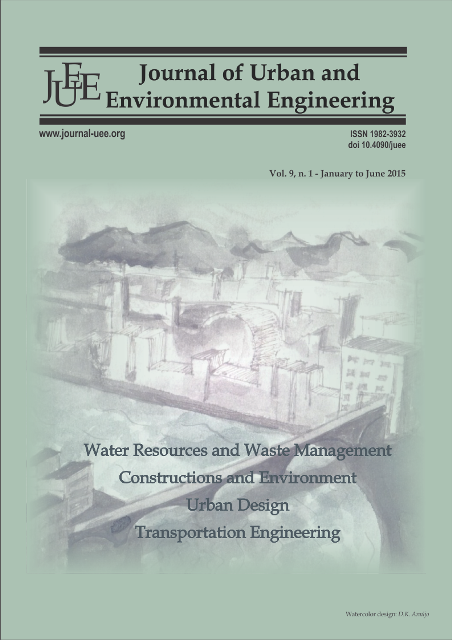DYNAMIC MATHEMATICAL MODEL OF URBAN SPATIAL PATTERN (RESIDENTIAL CHOICE OF LOCATION): MOBILITY VS EXTERNALITY
DOI:
https://doi.org/10.4090/juee.2015.v9n1.66-72Keywords:
dynamic model, externality, mobility, urban spatial patternAbstract
Household’s residential choice of location determines urban spatial pattern (e.g sprawl). The static model which assumes that the choice has been affected by distance to the CBD and location specific externality, fails to capture the evoution of the pattern over time. Therefore this study proposes a dynamic version of the model. It analyses the effects of externalities on the optimal solution of development decision as function of time. It also derives the effect of mobility and externality on the rate of change of development pattern through time. When the increasing rate of utility is not as significant as the increasing rate of income, the externalities will delay the change of urban spatial pattern over time. If the mobility costs increase by large amount relative to the increase of income and inflation rate, then the mobility effect dominates the effects of externalities in delaying the urban expansion.Downloads
Download data is not yet available.
Downloads
Published
2015-12-27
Issue
Section
Articles




